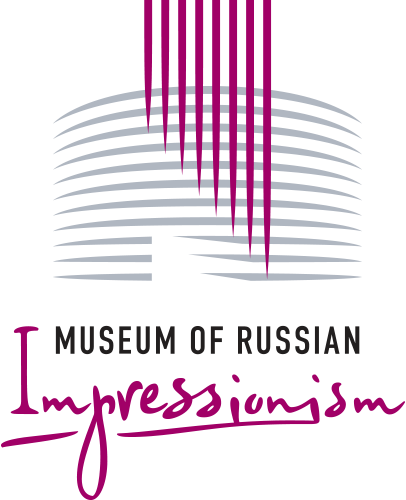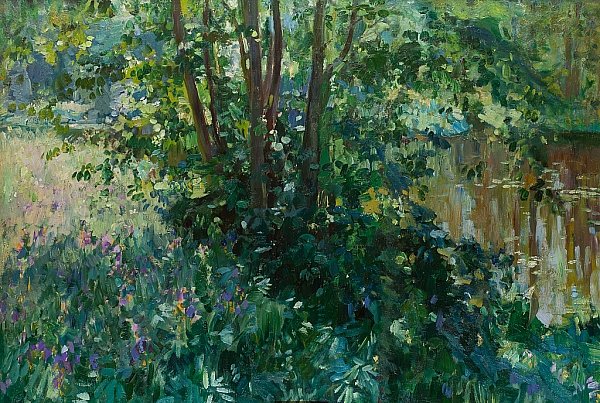Nikolai Clodt (Baron Clodt von Jurgensburg)
14.10.1865 - 23.09.1918
It is no accident that Nikolai Clodt became known as the 'victim of the old theatre.’ All through the winters, Clodt worked hard to make theatre curtains and sets. Only in the summer months could he paint what he wanted, virtually losing himself in his endless plein air sessions in the countryside of Sokolniki, Ostankino, Losiny Ostrov, and Cherkizovo. In the autumn he used to display the fruit of his summer studies, and soon after that he would immerse himself again in his theatre work. Unfortunately, however, the artist was always doomed to play a secondary role. Throughout his career, he never had the chance to design a production in its entirety, on his own. Instead, the posters and programs would mention "Korovin and Clodt" or "Golovin and Clodt." At particularly difficult moments, the artist even complained of “Korovin exploiting him.” The boat for “Corsair,” the seashore for the “The Tale of Tsar Saltan,” the steppe for “Prince Igor,” and the forest or clouds for “The Maid of Pskov” – that was what was left for Clodt. In fact, Nikolai Clodt came from a well-known artistic family. His grandfather was a famous sculptor, known both in Russia and Europe, who designed the legendary horses of the Anichkov bridge in St. Petersburg, while both his uncles were renowned painters. His contemporaries highly regarded Clodt’s creative talent, and Igor Grabar remembered how the artist would endlessly roam the outskirts of Moscow with his folding easel and a box of paints. In these wanderings, Grabar wrote, “he achieved greatness in his brushwork and developed that particular style for which he will undoubtedly go down in the history of Russian painting.”




